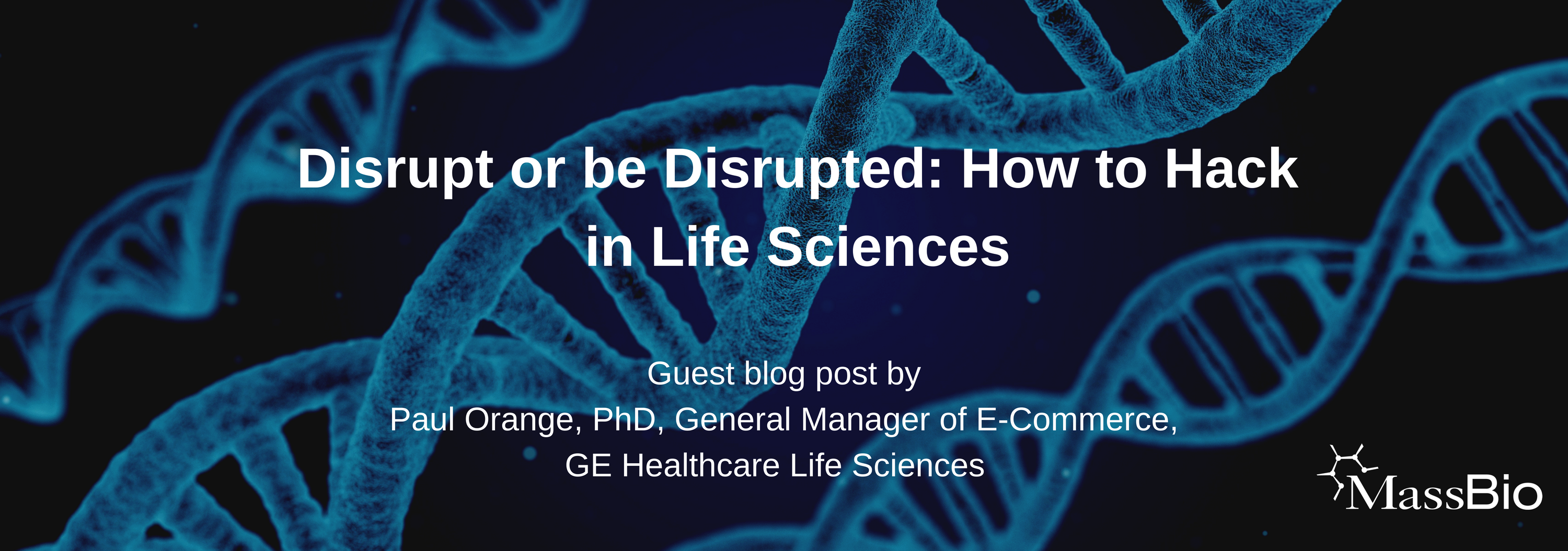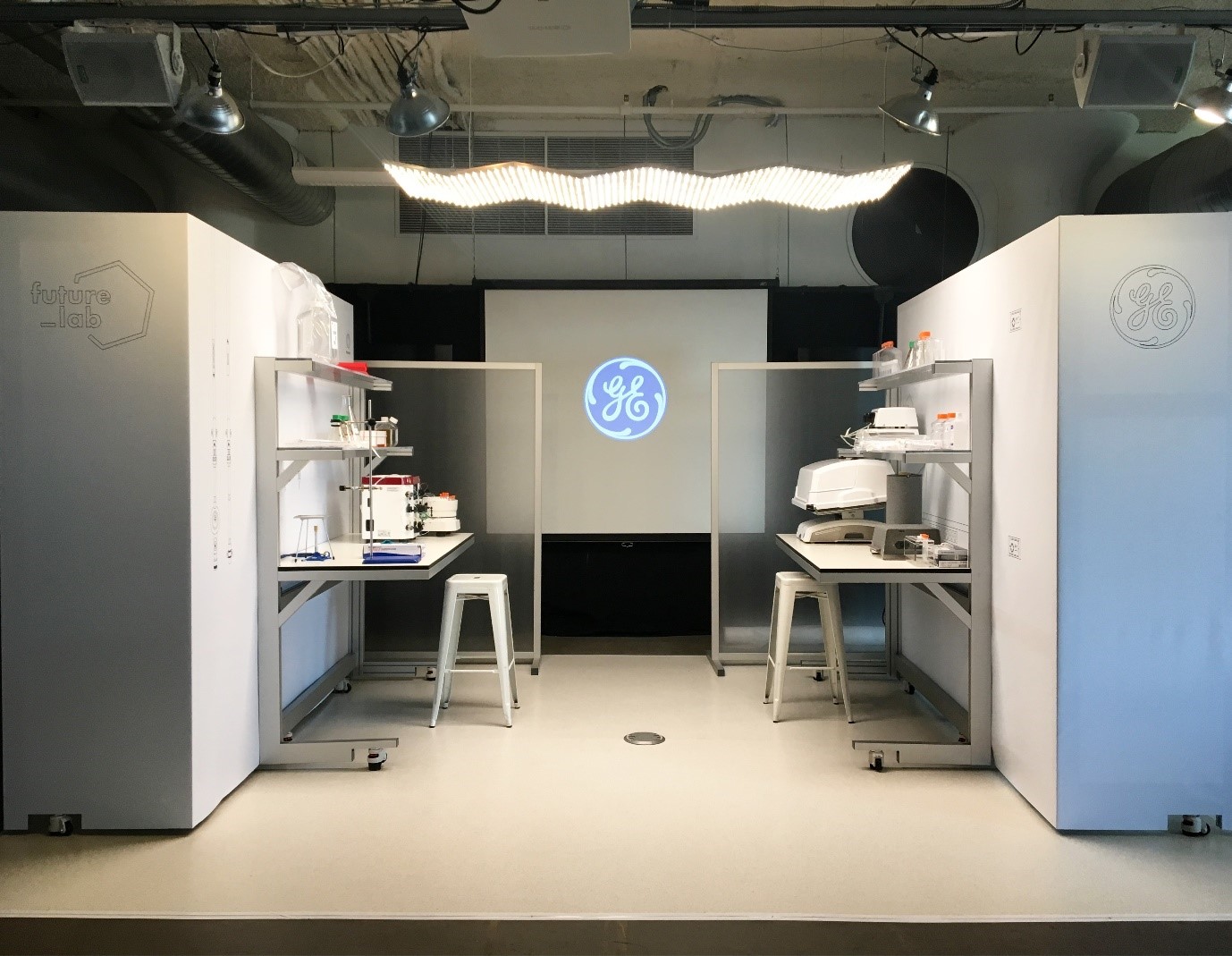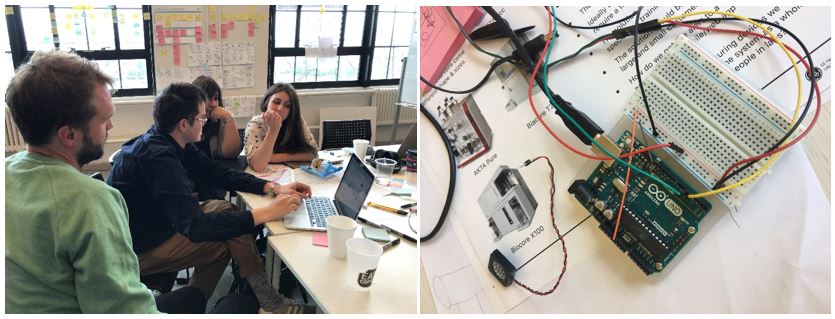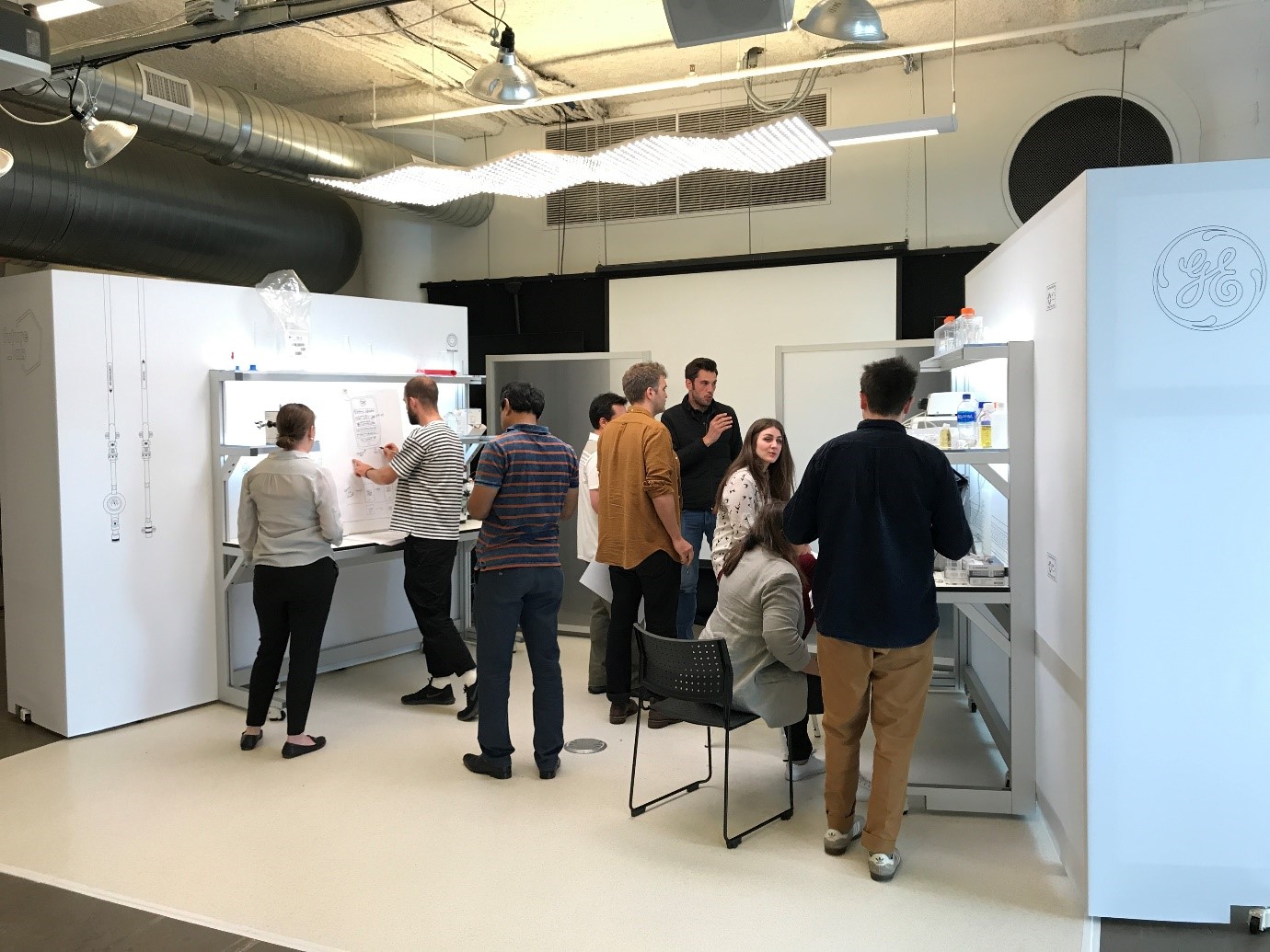
When you think of the word “hacking,” your mind may think of someone trying to break into your bank records. But you can also apply the hacking mindset to drive innovation in the Life Sciences. And where better to do that than one of the best biotechnology hotspots – Boston?
In June, I assembled a team of 40 people to work on challenges that face the lab user of today, with the aim of creating a better ‘Lab of the Future’. Working in the Boston Seaport district, this team of GE employees, customers from institutions like Harvard University and Boston University, local experts and facilitators spent three days in the Hackathon to deliver new solutions for seven customer challenges. These spanned topics around: how do you set up a new lab efficiently; all the way through to how to be a key partner in assay development services.
Rewind to January 2018.I put out a call to our teams at GE Healthcare Life Sciences, to answer one simple question “What problems do your customers have in scientific research that we can fix?” We received nearly 100 proposals and eventually seven projects were chosen to be worked on during our Hackathon event.
We worked with our partner design agency to turn the ideas into actionable project briefs, finding and designing the space, getting customers to join us, arranging for local Boston area experts to come and deliver inspiration talks and more.
 Upon arriving at MassChallenge, the teams found a virtual lab constructed for them to work in, and to place their solutions in context.
Upon arriving at MassChallenge, the teams found a virtual lab constructed for them to work in, and to place their solutions in context.
With everything in place, our teams jumped straight into the Hackathon in Boston. Day 1 was spent fully understanding the project brief and brainstorming potential solutions. On Day 2, the teams selected their favorite solutions, and then started to build them! The evening and overnight shift were spent 3D printing prototype parts, assembling electronics, writing code and mocking up prototype designs. The final day was a busy mix of refining the prototypes, fixing bugs and preparing to pitch the ideas to our judging panel.
 Coding, building and electronics prototyping all took place at the Hackathon
Coding, building and electronics prototyping all took place at the Hackathon
Each of the teams were challenged to translate their three-day Hackathon journey into a single three-minute long pitch, which they did brilliantly. During the Hackathon, all the teams built either a physical device, a software product and in some cases a combination. I see potential for further development on these ideas, which is the phase we are moving into now.
The winning idea considered challenges around product packing and came up with the concept of ‘Smart Packaging’. Our customers tend to have similar questions regarding our products, which can range from looking for technical use data, or product certificates, all the way through to understanding how much is left in the box on the shelf and how to easily re-order. This team at the Hackathon considered how to easily enable customers to get product information from the product packing, using unique QR codes. They focused on what the experience would be for the customer after they had scanned a code in, addressing the needs from talking to a specialist, finding product information and being able to easily re-order. I’m always looking for new opportunities like this to support customers better and at a deeper level beyond the specific request.
 Placing the prototypes in the real lab environment was a key part of the success for the Hackathon process.
Placing the prototypes in the real lab environment was a key part of the success for the Hackathon process.
At GE we have a tremendous R&D organization, so why do this as well? I see two main wins for taking this Hackathon approach. First, I’ve never seen such an intense level of focus on delivering a solution. We took people out of their day jobs for three days and asked them to really, really get inside a problem and a potential solution (with no distractions!) This massively accelerates the pace of getting to a working prototype for customer testing. Second, having designers, experts, customers and end users working together brings a wonderfully diverse set of experiences. As a result, it challenges our own unconscious dogma on how to approach delivering a solution. Ultimately this opens up new business possibilities and improves our customers’ experiences.